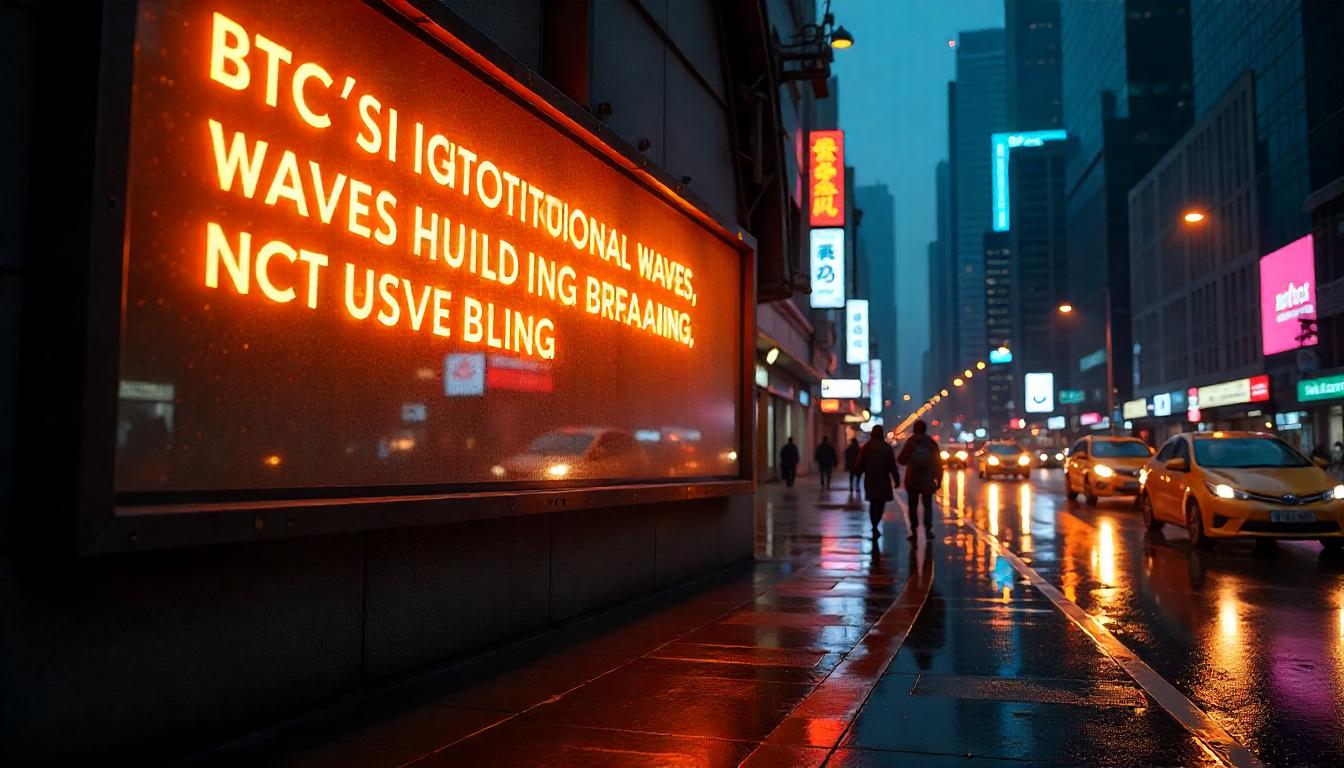Institutional Bitcoin Buying Persists Despite Market Slowdown, Says Saphira’s Dyment
Institutional demand for bitcoin remains strong, even as some metrics suggest a near-term cooling, according to Jeff Dyment, fund manager at Saphira Group.
In a note shared with CoinDesk, Dyment warned investors not to misread a slowdown in spot buying as fading interest from big players. While headline purchases — like the 16,000 BTC added by Michael Saylor’s Strategy in June — are down significantly from December’s record 171,000 BTC, Dyment sees this as part of a broader pattern.
“Bitcoin adoption at the institutional level doesn’t follow a straight line,” Dyment wrote. “It builds in waves. The market is watching ripples while ignoring the tide.”
Supporting his view, Dyment pointed to several bullish indicators:
- Corporate Activity: Fifty-one new corporate treasuries added BTC in H1 2025 — the same number added in all of 2018–2022 — marking a 375% year-over-year increase.
- Public Company Holdings: Publicly listed firms now hold 848,902 BTC (about 4% of total supply), adding 131,000 BTC in Q2 alone.
- ETF Growth: BlackRock’s IBIT ETF has become the world’s largest, holding 699,000 BTC (3.3% of supply), while U.S. spot bitcoin ETFs collectively hold 1.25 million BTC (6% of supply), just 18 months after launch.
Even in options markets, institutional interest remains evident. Singapore’s QCP Capital reported ongoing demand for bullish September call spreads, including $130,000 strike options.
“Volatility remains near lows, but a break above $110,000 could spark renewed buying,” QCP noted.
Some analysts point to slowing flows, low mempool activity, and short-term weakness as warning signs. But Dyment sees those as noise, not signal. “Wall Street still has dry powder,” he said, “and it’s only a matter of time.”
BTQ Launches Quantum-Ready Stablecoin Network
BTQ Technologies has introduced a new stablecoin infrastructure designed to withstand quantum-era security threats.
The company’s Quantum Stablecoin Settlement Network (QSSN) supports token designs such as JPMorgan’s proposed USD deposit token and integrates quantum-resistant cryptography (Falcon-512) alongside standard ECDSA signatures.
The dual-layer system ensures backward compatibility with today’s wallets and smart contract tooling while future-proofing mint and burn operations.
The launch comes as the global stablecoin market surpasses $225 billion and U.S. lawmakers weigh new legislation. The GENIUS Act, currently under review in Congress, encourages the use of quantum-secure cryptography for fiat-backed stablecoins.
BTQ, which has collaborated with NIST on cryptography standards for over a decade, positions QSSN as a foundational step toward regulatory alignment and broader adoption.
Market Snapshot
- Bitcoin (BTC): Dropped 1.02% from July 6 (22:00 UTC) to July 7 (21:00 UTC), hitting a low of $107,519.64 before rebounding to around $108,000. On-chain data showed strong buyer support between $106,738 and $98,566, held by 1.68 million addresses.
- Ethereum (ETH): Rose 1.67%, bouncing between $2,529 and $2,604. Support at $2,530 held amid institutional inflows exceeding $1.1 billion.
- Gold: Initially fell due to a stronger dollar but rebounded on safe-haven demand following fresh tariff threats. Analysts expect continued strength, with long-term forecasts pointing toward $4,000.
- S&P 500: Fell 0.79% to 6,229.98 after former President Trump proposed tariffs on imports from seven countries, including South Korea and Indonesia.
- Nikkei 225: Rose 0.36% despite global uncertainty, as Asian markets mostly shrugged off U.S. policy noise.





